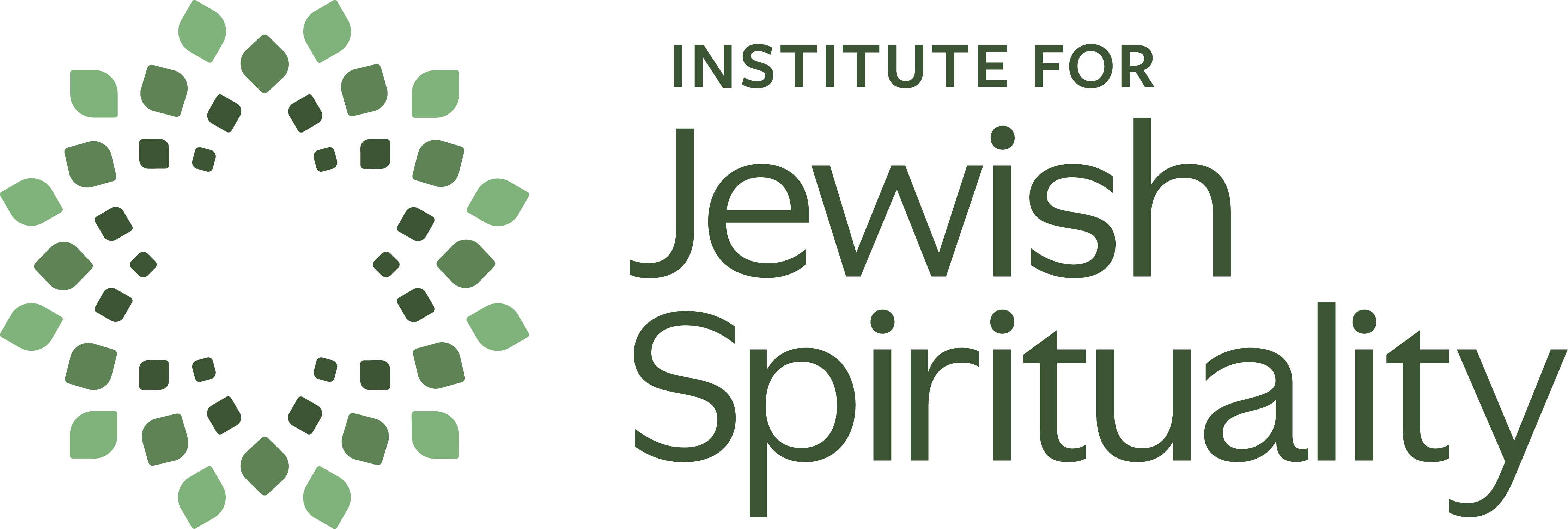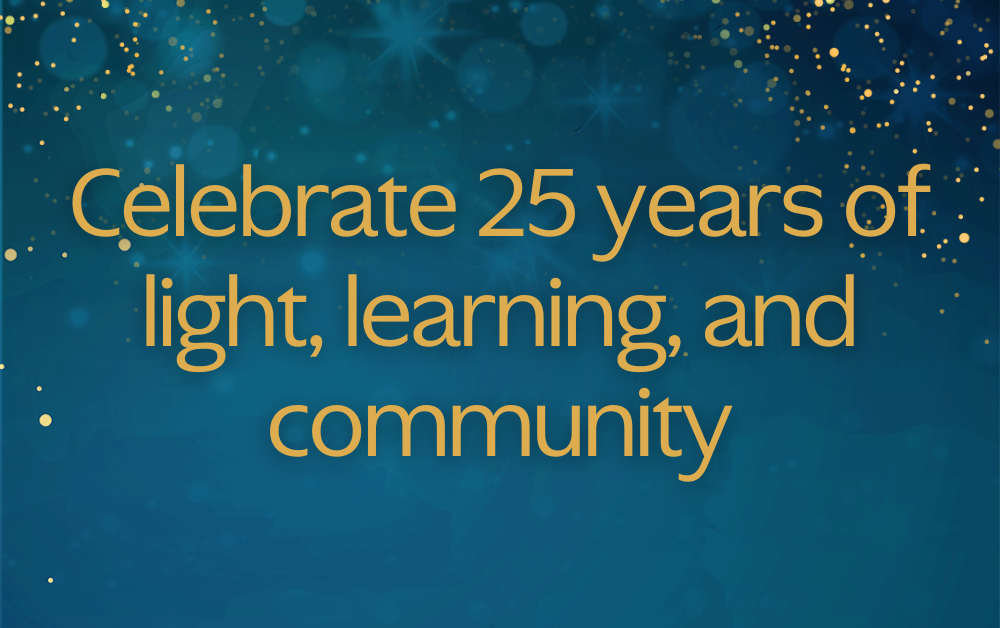“Insurance is one of finance’s great gifts to mankind. Through the statistical magic of risk pooling, an individual can obtain peace of mind and protection against devastating loss.”
A perhaps unexpected opening sentence to a Shabbat reflection from yours truly. But the article it comes from, by Wall Street Journal writer Greg Ip, really grabbed my attention. I had always kind of assumed that, if legislators couldn’t figure out how to address climate change, then ultimately the insurance market would do it for us, as the rising risk of disaster got priced into our insurance premiums. Ip shows why that assumption doesn’t actually work out, and I found it illuminating.
Now, of course, I am neither a climate scientist nor an economist. My interest here is more in the social, psychological, and spiritual dimensions of risk. Note Ip’s description of what insurance does: It can help us “obtain peace of mind.” Now he’s speaking my language. (And, incidentally, he’s casually invoking the name of a book by Rabbi Joshua Loth Liebman that spent 58 weeks at #1 on the New York Times bestseller list in 1946-47.)
Where does peace of mind come from? For most of us, safety is pretty crucial for that. We want our borders to be safe, our homes to be safe, our schools and vehicles and children to be safe. When something is safe, it means there’s minimal risk associated with it. And when risk is minimized, we generally feel less anxious and more peaceful in our minds. That reality is reflected in the very word insurance, which provides a level of surety. We can feel more sure, more secure, more safe.
Today, though, I feel like we’re living in an age of unsurance: We’re not sure what the next day, or even the next hour, may bring. The weather has changed and will continue to do so. Disasters are striking in places like Asheville, NC, where no one thought a hurricane could wreak the kind of destruction they experienced last fall. The Federal government, under the new administration, is rapidly changing many large sectors of policy–and doing so in a disorderly, chaotic fashion. For me, and perhaps for you, peace of mind feels harder and harder to come by.
With Parashat Bo, we reach the highpoint of the Exodus: the end of the plagues and the moment of liberation after centuries of enslavement. We remember the instructions Moses gives the Israelites: Before the final plague passes through Egypt, the Israelites are to paint lamb’s blood on their doorposts, which will keep out the Angel of Death, and to hold the very first Passover Seder–while they are still slaves in Egypt.
But it’s unclear: Which side of the door is the blood supposed to be painted on? Does God really need a visual reminder to know not to enter a particular home? Commenting on Exodus 13:13, “And the blood shall be a sign for you,” Rashi explains: “It shall be a sign for you, and not for others. From this we may learn that they put the blood only inside their houses.”
This is a significant detail. The blood on the doorpost is not some kind of lock that keeps out the forces of destruction and ensures safety. Rather, as the 13th century French commentator Hizkuni ben Manoah observes, “It is a symbol that you have observed the divine instruction,” that you have been able to live with trust and faith even as the swirl of destruction and uncertainty rages outside. (Gratitude to my brother Aaron for reminding me of this gloss this week.)
We are living in the age of unsurance. And that is certainly something to mourn, because pooling risk through insurance and mitigating risk through wise policies and governance contribute so much to physical, psychological, and spiritual safety. But that doesn’t mean we are out of tools–indeed, we have an enormous array of them. They can be found in our Torah, in our spiritual practices, in our mitzvot–the opportunities to connect with and be supported by the Divine Presence and one another. We’ve been doing that for 3,000 years, and we can do it today.


